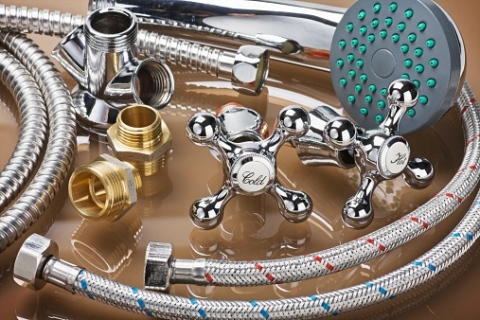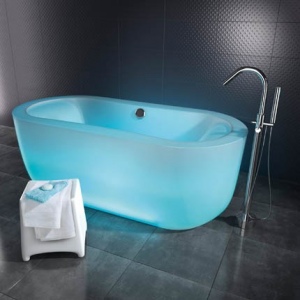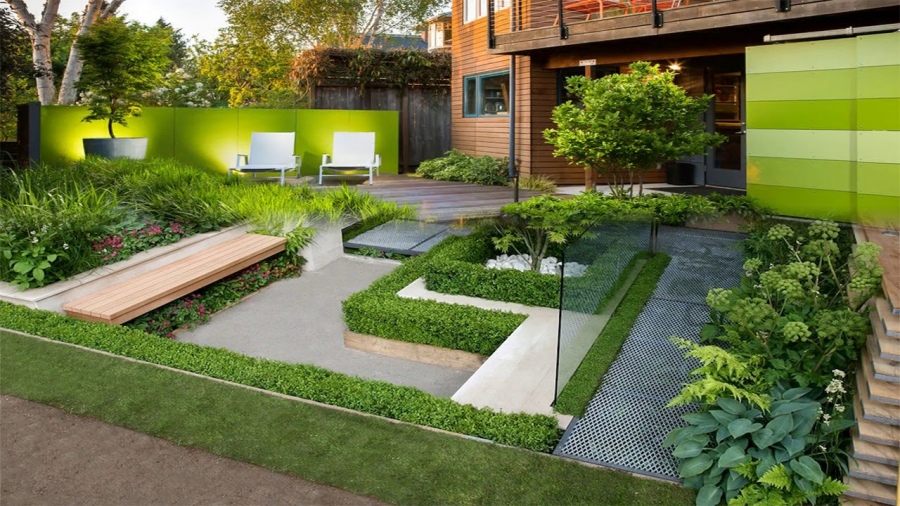When you sign the contract on a house purchase, you might expect it to come with all the fittings and appliances it had when you viewed it. But legally you’d be mistaken. Whether the UK housing market will surge, as was predicted after the election, or not, it’s worth getting to grips with some of the pitfalls that can affect both buyers and sellers.
The law makes a distinction between “fittings” and “fixtures” and allows the seller to take with them anything falling into the former category, while requiring them to leave behind everything in the latter, unless otherwise specified.
While the law is not very specific on the difference between a fitting and a fixture, some features of each are generally agreed upon.
A fixture is typically defined as “form(ing) part of the land” and denotes anything built into the architecture of the house or bolted to the floor or wall. One example is a dishwasher built into a cupboard. These belong to the buyer once the contracts are signed.
Meanwhile, a fitting is freestanding and easily removable; for example, a freestanding cooker or curtains. Unless otherwise specified in the contract, the seller is free to remove any fittings after the sale.
Examples of Fittings and Fixtures
Let’s take a look at some specific examples of items typically classified as a fixture or a fitting:
Fittings
- Carpets
- Beds/Sofas/Other furniture
- Televisions
- Hung paintings and mirrors
- Curtains and curtain hangers
- Free-standing washing machines, fridges, and ovens
- Free-standing entertainment units like pool and ping pong tables

Fixtures
- Sockets
- Bathroom units like bathtubs, toilets, and sinks
- Kitchen units like cupboards and built-in dishwashers
- Boilers and radiators
- Wall paintings
Avoiding Conflicts after the Sale
The best way to avoid disputes over who gets what is to establish exactly what constitutes part of the house before the sale.
Typically a seller’s solicitor should have them complete a “Fittings and Contents” form before the exchange of contracts, which specifies exactly what the seller will be taking with them. The form is usually given to the buyer and attached to the contracts.
A complete inventory of what is and is not deemed part of the sale helps prevent disputes over the fittings-fixtures status of items later on.
Negotiating over Fittings and Fixtures
Being well-prepared to negotiate can help you get the most out of your property deal whether you’re buying or selling.
With regard to fittings and fixtures, if you’re a potential buyer, you need to decide before the negotiations start what exactly you expect to come with the home. Likewise, sellers should have a clear idea of what they will be taking with them to their new property.
More generally, some negotiation best practices to keep in mind when buying or selling a home are as follows:
- Remain calm and reasonable, so you’ll get better responsiveness from the other party
- Listen as much as possible, and try to let the other party make the first offer
- Don’t take the first offer that the other party makes
- Be prepared to make some concessions
- Rank your priorities, so you know what you’re willing to give up
Keeping these tips in mind as you go over the contracts will help you leave the sale satisfied whether you’ve bought a new house – or just sold your old one.
Harry Price is a writer, living in a small fishing on the south coast. He draws on his picturesque surroundings for his writing inspiration.




